In the footsteps of the exhibition Eurosatory 2016: trends in the development of armored vehicles. Part of 5
The Tulpar-S variant is significantly lighter than the Tulpar base model and has amphibious characteristics, which are defined in the requirements of the Turkish army.
A floating version with a smaller mass of Tulpar-S was shown by Otokar in May 2015 of the year in order to “stake out a place” in the caterpillar segment of the STA program (Silah Tasiyici Arac - weapon transporter), launched by the Turkish ground forces, in accordance with which the purchase of 260 machines is envisaged 184 of which are tracked and 76 wheel. In order to meet these requirements, Otokar developed the Tulpar-S machine, which has only a few common elements with the Tulpar BBM, for example, wind architecture and some suspension components. The Tulpar-S floating machine is capable of moving in calm water with at least two launch-ready rockets and 10 rockets in combat pack aboard; it is equipped with a two-axis gyro-stabilized turret from Aselsan capable of receiving up to 4 rockets. According to the Turkish requirement, compatibility with the OMTAS missiles from Roketsan and Russian Cornet-E should be ensured, and the turret can also accept Javelin or Hellfire missiles. The five-roll chassis of the Tulpar-S is equipped with rubber tracks, however, steel tracks with rubber linings are also offered; standardly the machine is equipped with an automatic track tensioning system. The caterpillars, apparently, are also the main propulsor afloat, the machine is not equipped with screws or water cannons, and a water deflector shield is installed in the nose. The chassis is equipped with a torsion bar suspension with linear shock absorbers, which allows this 15-ton car to have up to three more tons that may be needed for future upgrades. The driver is located on the left, the engine to the right of him. The commander and the gunner complement the crew of the arms transporter; six spare missiles are laid on the left side and four on the right side of the rear compartment. There are also two seats for two additional crew members. Ballistic protection can reach the 4 level, the level of mine protection is not disclosed. Otokar Company is considering other options for Tulpar-S: an armored personnel carrier with a crew of two people plus eight paratroopers, combat, reconnaissance, operational management, repair and evacuation, engineering, and also sanitary. The machine is at the stage of evaluation conducted by the secretariat of the defense industry of Turkey.
The Kaplan-10 armored vehicle (figure means mass) was developed by FNSS to meet the needs of the Turkish army for an armament transporter.
The Kaplan 2015 machine presented at IDEF 20, was equipped with a new Teber-30 combat module and rubber tracks from Diebl Defense.
Another Turkish manufacturer of combat vehicles, FNSS, also did not bypass the application for the STA program and offers its Kaplan 10 “Tiger” car (it also has the designation LAWC-T - light armored weapon carrier - tracked). The car has a rather original layout of the front, featuring a full-width periscope system, the driver and the commander are sitting next to each other in the front cockpit and at the same time their field of view exceeds 180 degrees. The engine is located at the rear of the car on the right side, next to it there is a small passage with a double door in the Tiger stern, while the transmission is located at the front of the car. In this small aisle there is a folding seat for the fifth soldier, two operators are placed behind the driver and the commander. These two control the weapons system, which can be of different types, because the machine is capable of receiving manned and uninhabited towers with armaments of caliber 25-40 mm, as well as anti-tank complexes (STA program requirement) or turrets of intelligence and information gathering up to 1,8 tons. Four to six missiles are placed inside the hull. In the Tiger car, integrated wind sensors (vehicle electronics) of the FNSS company, representing a modified version of the winds of the Pars family on the basis of the CAN bus, are installed, which allows you to install automatically configured electronic systems. The crew enters the car through two stern doors. Special attention is paid to Tiger protection, the ground clearance is 400-450 mm, the bottom of the machine is shallow V-shaped, ballistic crew protection is guaranteed in accordance with the 4-level according to the NATO standard STANAG 4569 and anti-mine protection in accordance with the 3-level. At the moment, the total weight of the machine is 9 tons, but the chassis can take a lot of 14-15 tons, which will allow in the future without problems to increase the levels of protection. The engine and center of gravity are located close to the center of gravity of the floating body and this should significantly improve the buoyancy characteristics.
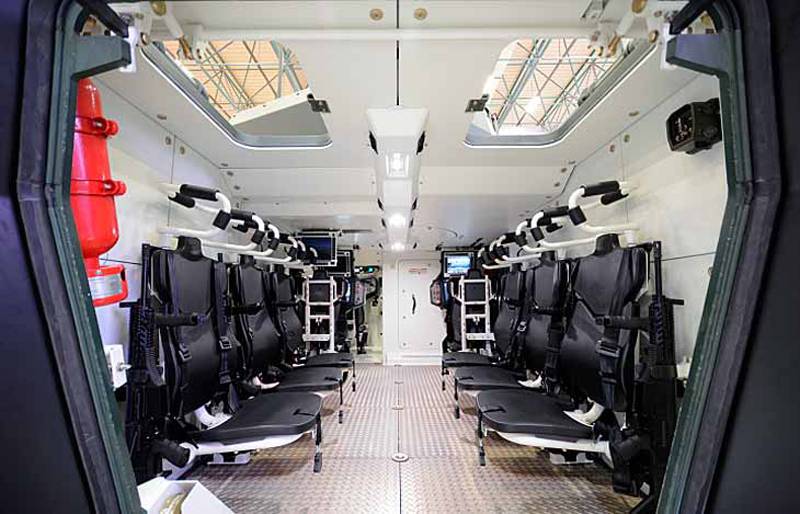
Interior layout FNSS Kaplan 20. In the prototype, numerous new technologies were implemented, for example, the system of “vision through armor”
Recently, FNSSE has developed another tracked vehicle. The new Kaplan 20 armored vehicle (the number indicates the mass of combat) was introduced in the 2015 year. The company set a goal to create a combat vehicle endowed with amphibious capabilities that could fill a niche between the existing light floating armored vehicles and heavy non-swimming war machines. The Kaplan 20 armored vehicle has a six-kilogram chassis (a longer bearing surface allows for a reduction in ground pressure) and is equipped with rubber tracks from Diehl Defense Land Systems. In order to obtain the maximum field of view for the driver, the power unit was placed in the center; the driver is located on the right and has a visibility of 180 degrees, while periscopes provide visibility of 135 degrees. Two displays are installed, one for displaying machine parameters, the other for displaying images from a night camera. The driver's seat is combined with the troop compartment, so the hatch is used mainly for emergency escape of the car. The power density of the machine can reach 22-25 hp / t, which means the engine power 450-550 hp The prototype, presented at the exhibition in Istanbul, was equipped with a new modular tower Teber-30 in an uninhabited version. The commander is located behind the driver's seat, his workplace is equipped with two displays. The workplace of the arrow on the right is equipped with the same console. In the stern part there are six energy absorbing seats for the landing party, which leaves the car through the stern ramp. The Kaplan 20 armored vehicle is equipped with several cameras to increase the level of ownership of the surroundings, including the roof and the lower part of the vehicle. Images are displayed on special glasses whose position is tied to the car; the commander of the landing party, landing along with the detachment, may also wear such glasses, while the images in these two pairs of glasses are completely independent. The commander of the vehicle can also display information on the state of the vehicle, such as ammunition and fuel, as well as tactical information, such as the deployment of its units and combat control data. A display with a screen pointing in its direction is also available for the landing, the commander can display tactical information on it or a picture of the surrounding area before landing. In order to adapt the view of soldiers to external lighting, the interior lighting can be adjusted, this allows you to wear night-vision goggles or to adapt to bright sunlight before leaving the car at night. As for protection, here, apparently, the goal is the 6 level according to the STANAG standard. From the outset, the Kaplan 20 machine was developed with the option of installing dynamic protection and, in connection with these, the Turkish company FNSS signed an agreement with the German ADS GmbH (controlled by Rheinmetall). Mine protection is implemented by three components: the design of the case, the spaced bottom and the absorbing material installed between the case and the bottom. This allows soldiers to safely put their feet on the floor without the risk of injury. Also installed are specially designed energy absorbing seats with a 200 mm stroke, half of which is used to minimize the impact of a back fall. The car is completely floating, the joystick on the right side of the driver's panel allows you to control two Ultra water jets with hydraulic actuator.
Following the trend of creating heavy armored personnel carriers, Jordan has developed several prototypes of armored personnel carriers based on tank Tariq (Centurion); pictured model MAP II
The US Army Bradley BMP, in anticipation of a replacement, undergo regular upgrades, including upgrades of the power unit and the running gear in order to preserve the driving characteristics
As far as this car will be close to the tank or to the BMP, time will tell, but Israel is definitely working on something new in the scenario of armored vehicles. According to the available scarce information, the tracked vehicle under the designation Carmel will have a combat mass of 30-35 tons, will be armed with medium-caliber anti-tank guns with anti-tank missiles and integrated into the network-centric space. At the moment, a sample demonstration of the technology has been made and on it, before the final configuration is adopted, such solutions as hybrid propulsion, rubber tracks, advanced active protection systems and automatic tracking of targets will be tested and tested. Carmel car will go into service in about ten years. Perhaps the whole Carmel family will be created; Obviously, the base variants will be the BMP and the BTR. At present, Namer remains the main vehicle of the Israeli army for advanced infantry units, which provides excellent crew and airborne protection thanks to its 60 tons-based chassis based on the Merkava Mk.4 tank.
Another country that converted its main battle tank into an armored personnel carrier was Jordan, which some time ago showed several prototypes based on the Tariq tank (a localized version of the British tank Centurion). The newest model of this project, Al-Dawsar, was presented at SOFEX 2016. To increase the internal volume, the height of the hull was increased, hinged doors were installed in the front part to the left, and the driver’s seat was located to the right of them. Let's see if the car goes into mass production, but Jordan has almost 300 Tariq decommissioned tanks that can be converted into heavy armored personnel carriers.
India is looking for a replacement for its BMP-1 and BMP-2 vehicles, which it has over 2600 units. Many manufacturers of armored vehicles from different countries lined up in anticipation of a tasty morsel. At 2015, the Indian company Tata also announced its participation in this competition. While the prospects for this deferred program are very vague, it remains only to wonder whether it will come to mass production of a new BMP for the Indian army.
The Russian army is also considering the need to replace its fleet of infantry fighting vehicles, although one of them, the BMP-3, is still being exported. Candidates have already been identified: a heavy BMP T-15 and a lighter Kurgan-25 (here, the number 25 indicates the combat weight). The T-15 used many of the chassis components and the Armata’s T-14 power unit, although it had an engine installed in the rear, and the T-15 BMP in the front end. Despite the fact that this concept is similar to the concept adopted by Israel, since the Namer BMP is based on the Merkava Mk4 tank, Israeli vehicles have more in common, since the Merkava tank also has an engine in front. The chassis of the T-15 is seven-kilogram, the front front sheet above the engine has a very small angle. The driver, the operator and the commander are located in the middle part of the machine, respectively, right and left, followed by the troop compartment for 8 paratroopers. The Epoch combat module (Boomerang-BM) with 30-mm 2А42 cannon and Kornet missile launchers is installed in the stern of the vehicle. The complex of active protection KA-3 Afganit is set to increase protection against attacking missiles and shells. The door carved into the stern ramp allows the landing party to quickly sit down and leave the car. There is no data on the mass but, considering that the mass of the T-14 tank is about 57 tons, then the BMP T-15 should be somewhat lighter.
Perspective Russian heavy BMP T-15 on the basis of Armata’s universal tracked platform
The Kurganets-25 is available in both the BMP version and the BTR version, and is equipped with the same remotely controlled modules as are mounted on the Boomerang wheeled armored personnel carrier. The driver and the commander of the car sit right in front of the engine, respectively, right and left. The heavy BMP T-15, of course, is not able to float, but the Kurgan-25 can float (under certain conditions) thanks to two water cannons installed in the stern, while raising the front water deflector plate, which folds under the lower part of the hull. Apparently, the Russian doctrine does not provide for firing from the BMP Kurganets-25. Perhaps this is due to the desire to increase the security of the sides, on which you can hang wide armor modules. Access of eight paratroopers in the car through the stern ramp.
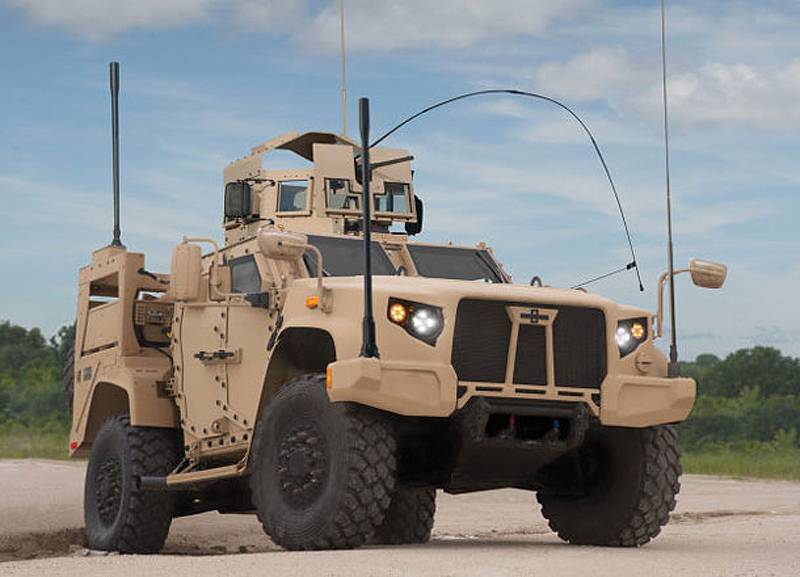
The release of the planned number of light tactical armored vehicles JLTV developed by Oshkosh Defense can have a serious impact on many foreign markets.
World of light cars
Although some light vehicles have already been described in the previous parts of the article, it is worthwhile to “walk” through some programs on light armored vehicles launched in several countries. If constructive mass is a problem for all vehicles, since it strongly influences the ratio of own weight and useful load-carrying capacity, then it becomes an even bigger problem in the “light” category. To address this and other pressing issues, the European Defense Agency launched in December 2015 a light vehicle project led by Germany, which also included Italy, the Netherlands, Portugal and Spain.
In addition to government experts from these countries, ten industrial and research companies and organizations took part in the first meeting of 16 in December: Krauss-Maffei Wegmann, Airborne, Camattini Meccanica, CeiiA Center for Engineering and Innovation, Industrieanlagen-Be-triebsgesellschaft mbH (IABG), IVECO, Scania Netherland, Tecnalia, TNO and UROVESA. The project, designated L-AMPV (Lightweight constructions for Armored Multi-Purpose Vehicles - lightweight designs for universal armored vehicles), aims to provide detailed information (material, mass, dimensions and cost) on the components and parts of currently operated vehicles, definition the heaviest elements and issuing recommendations for reducing the mass of these elements, taking into account maintaining or even increasing the overall service life of the entire system.
Продолжение следует ...
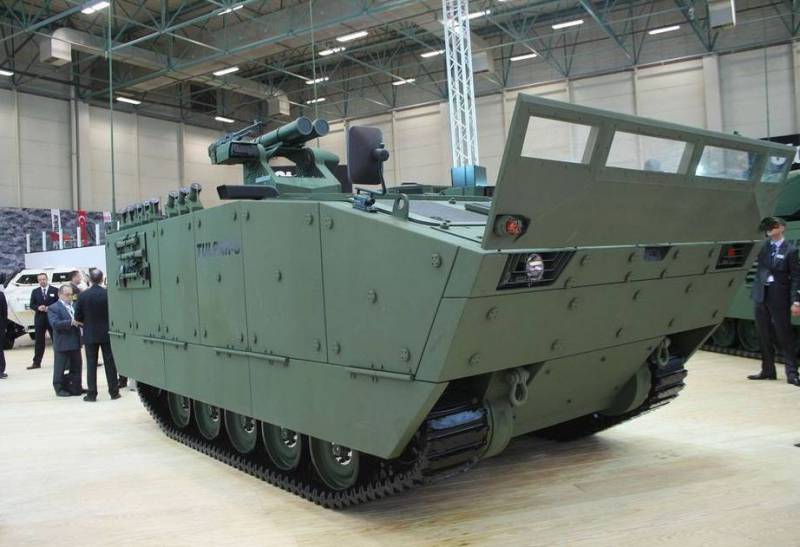
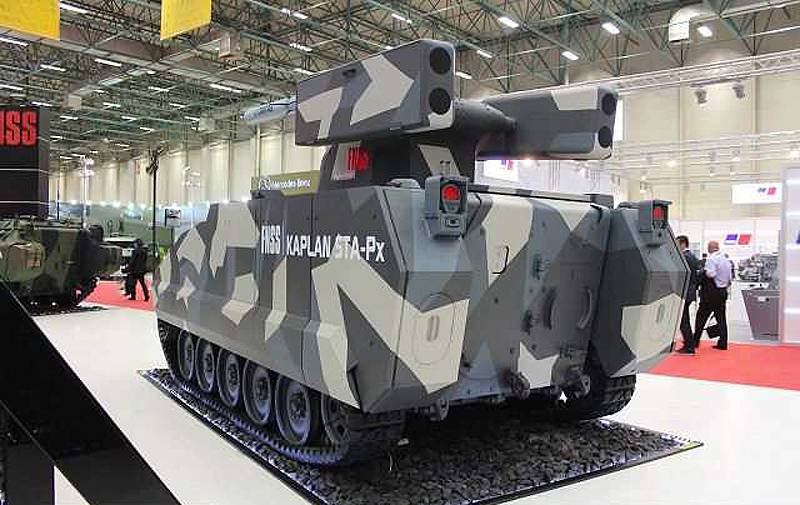
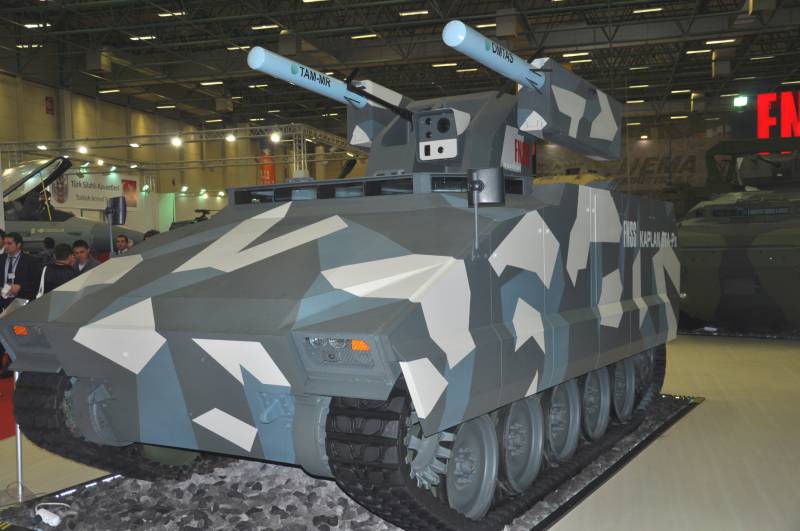
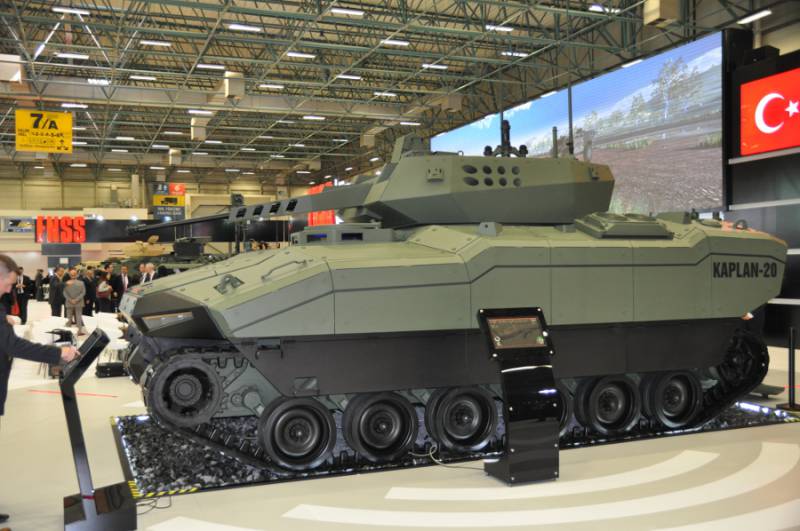
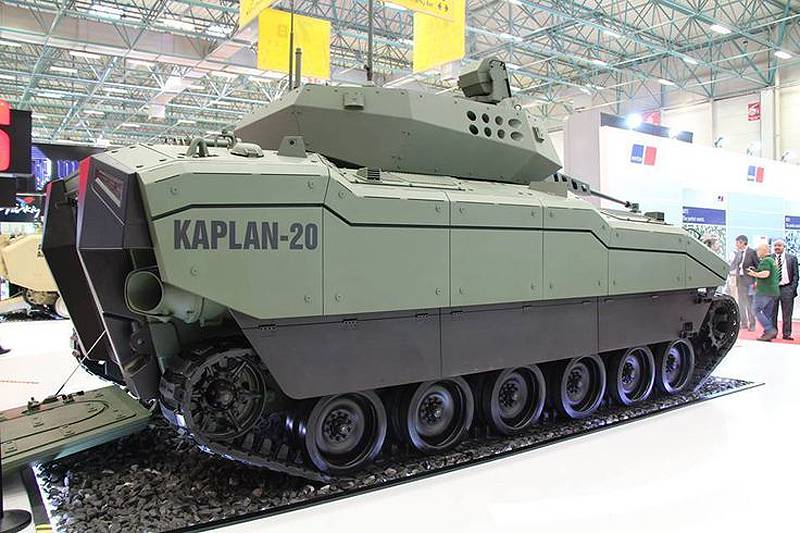
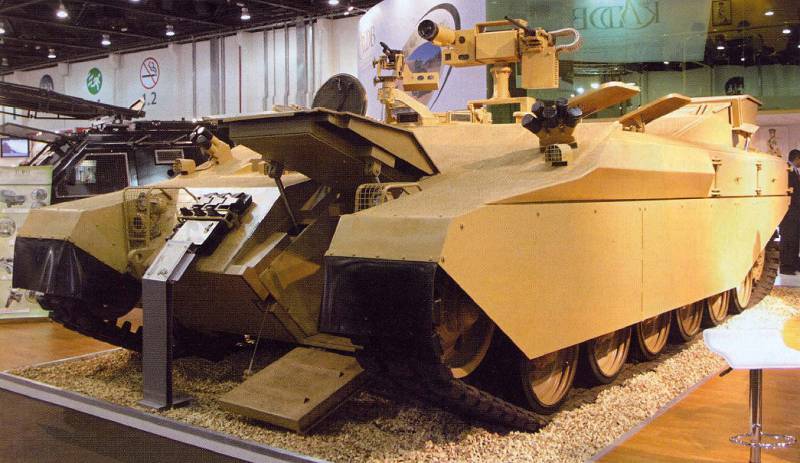
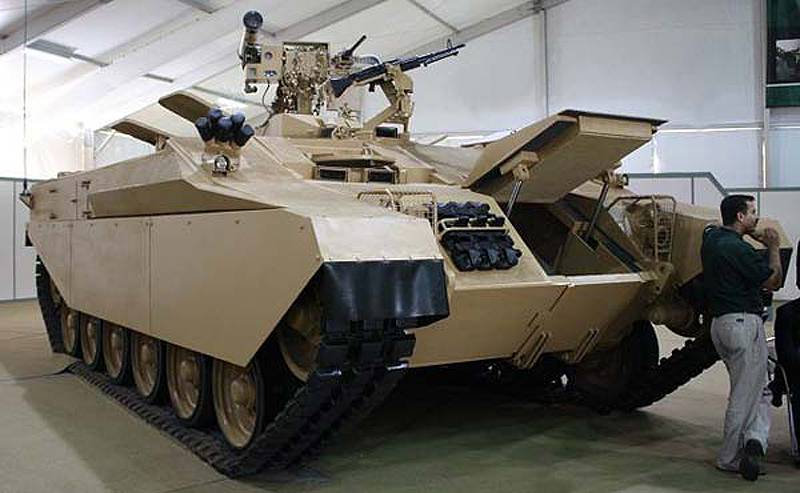
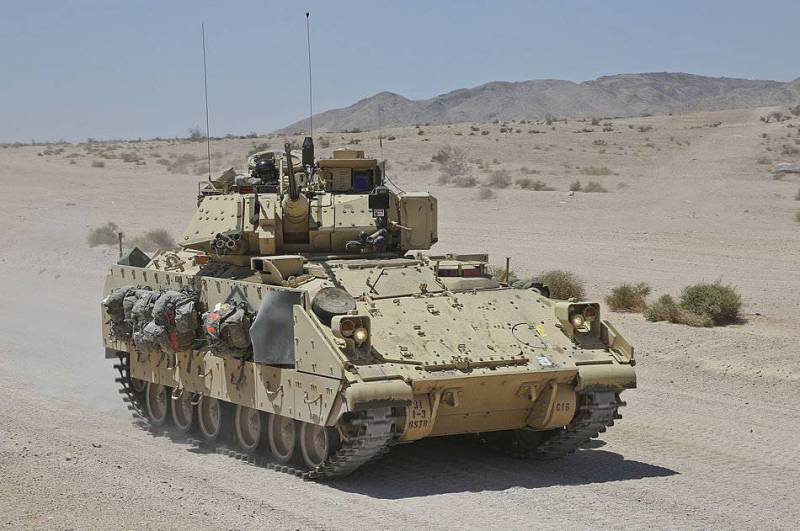
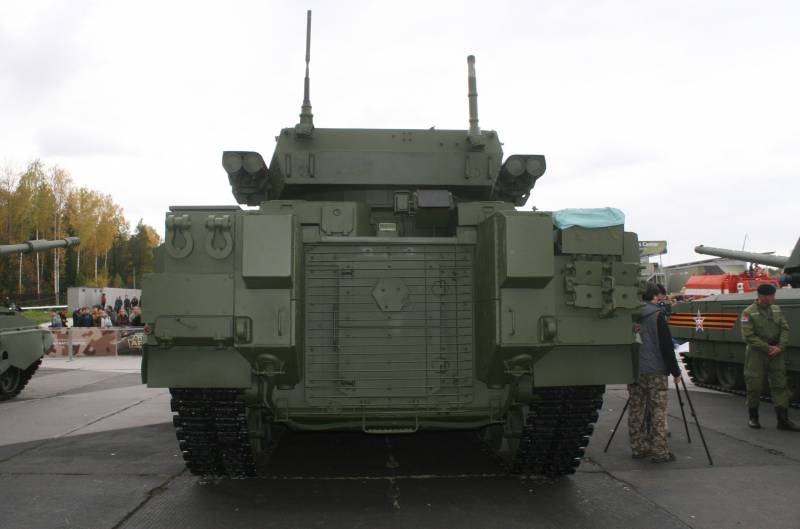
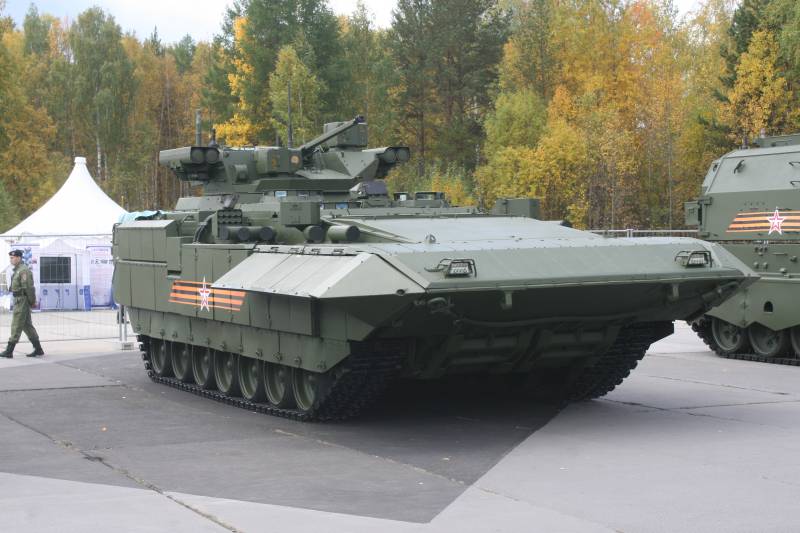
Information